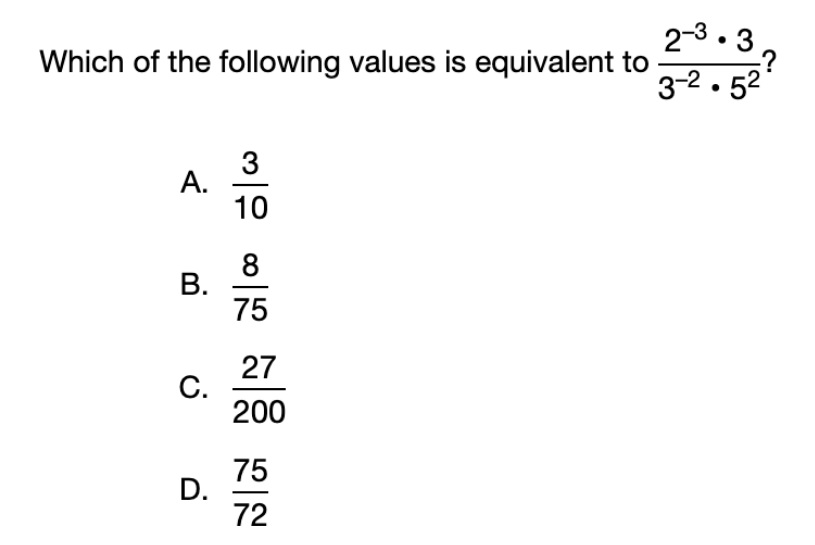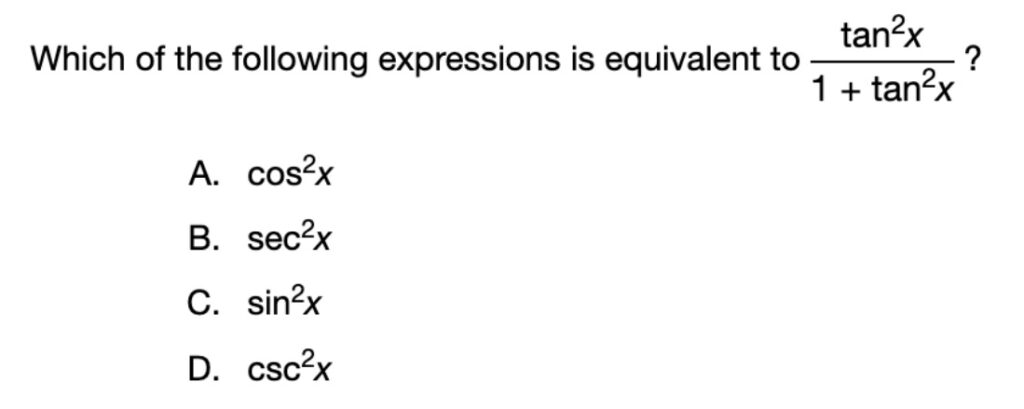If you’re hoping to become a math teacher at a public school in Massachusetts, then now is a good time to start planning. While it seems as though obtaining a college degree in the appropriate subject is all you’ll need to do, well, it’s not that simple.
While getting a degree is a huge part of the process, it’s only one part. Let’s look at all that you’ll need to accomplish to teach at a public school in Massachusetts.

1. Obtain a Bachelor’s degree
First things first. The most important step toward becoming a Massachusetts public school educator is to earn a bachelor’s grade at an accredited university that has a teacher licensure program. There are many great options.
In Massachusetts alone, there are over 60 approved programs through colleges or universities. As part of a degree program, you’ll also complete student teaching which is another requirement for licensure. (Source: alleducationschools.com)
2. Pass the Massachusetts Tests for Educator Licensure (MTEL)
In 1998, the Massachusetts Teachers Educators Tests became part of the requirements for Pre-K through grade 12 teacher licensure in Massachusetts. The Department of Education implemented this additional requirement as part of a statewide teacher reform program.

The goal was to ensure that future teachers were able to communicate effectively with students, parents, and other educators as well as possess general knowledge across all subjects.
Every future teacher must pass the MTEL Communications and Literacy Skills Test which is a reading and writing test. Additionally, prospective teachers must pass the MTEL subject test(s) which ensures employers that teachers are proficient in their specific content area.
To become a math teacher in Massachusetts, there are three options for licensure: grades 1-6, grades 5-8, or grades 8-12. So, you’ll need to decide which grade level you’d like to teach!
The particular MTEL math test you take will depend on which grade level you’re seeking.
Each exam takes about four hours! The test consists of multiple choice questions (85 multiple choice on the middle school and high school exams, 100 multiple choice on the elementary exam) and two open response questions. The multiple choice section counts for 80% of the score; the open response section counts for 20%.
The exams are administered year-round by appointment. You’ll have to do some research to find a location and time that suits you. And don’t worry, if you fail one of the exams you can always retake it!
Here are some sample questions from each of the three math exams.
Grades 1-6 (Math 68 exam)

Solution
In elementary math, students need to recognize which math operation should be used to solve various word problems. This question’s goal is to test that skill. The given expression is a product of two rational numbers. Let’s sift through the answer choices to see which scenario would require the given product 2 & 1/2 x 1/4.
- Choice A involves a person having a total amount of paint then using part of it to paint a wall. This is a subtraction problem. Eliminate choice (A).
- Choice B is about calculating the miles per hour of a cyclist. The word “per” is a clue that this is a division problem that can be solved by dividing 2 & 1/2 by 1/4. Eliminate choice (B).
- Choice C requires us to calculate the area of a rectangle with length 2 & 1/2 inches and a width of 1/4 inch. The area of a rectangle is equal to the length times the width of the rectangle, so this must be our answer! The correct answer is choice (C).
- We already know the correct answer but for completion, let’s consider why choice (D) is incorrect. In order to determine the number of batches of cookies that can be made with 2 & 1/2 cups of chocolate chips where each batch needs 1/4 cup of chocolate chips, we need to divide 2 & 1/2 by 1/4. Eliminate choice (D)
Grades 5-8 (Math 65 exam)

Solution
The goal of this question is to test exponent skills – in particular, test negative exponent skills. Recall that a-n = 1/an if a is not zero.
For this problem, we have a product in the numerator and a product in the denominator. A good first step is to move the expressions with the negative powers to the opposite side of the fraction to obtain an expression with only positive powers.
(2-3*3) / (3-2*52)
Move the 2-3 and 3-2 to the opposite side of the fraction and make the exponents positive.
=(32*3) / (23*52)
Simplify the numerator and denominator.
=(33) / (8*25)
=27/200
The correct answer is choice (C).
Grades 8-12 (Math 63 exam)

Solution
This question is designed to test students’ knowledge of trigonometric identities. In particular, it’s helpful to know the Pythagorean identity 1 + tan2x = sec2x. Rewriting the denominator using this identity, we get:
tan2x / (1 + tan2x)
=tan2x / (sec2x)
Now, convert the expression to sine and cosine. Use the identities tan x = sin x/cos x and sec x = 1/cos x.
=(sin2x/cos2x) / (1/cos2x)
Divide:
=(sin2x*cos2x/cos2x)
Canceling, we obtain:
=sin2x
The correct answer is choice (C).
3. Apply for the license
There are several types of teacher licenses in Massachusetts. To apply for a license, you can visit the Department of Education website and apply online.
Here is a brief overview of the four types of licenses that are offered:
| Levels of licensure | Description |
| Temporary | Valid for one year of employment; cannot be extended; must then advance to a provisional or initial license This license is generally for people who were certified teachers in another state and had at least three years of teaching experience. |
| Provisional | Valid for five years of employment; cannot be extended; must advance to initial license. This license is generally for those who have not completed a teaching program at an accredited college. At a minimum, candidates must hold a bachelor’s degree and must be actively seeking a license as an academic core teacher. |
| Initial | Valid for five years of employment; may be renewed once, after which, must advance to professional license. This level of licensure means candidates are ready to start teaching immediately upon hire. To obtain this license, candidates already have a Bachelor’s degree, they passed the MTEL (see below) and they hold the SEI (Sheltered English Immersion) endorsement. Candidates with this license have completed a Massahusetts approved licensure program or a comparable out of state program. |
| Professional | This is the highest level of licensure in Massachusetts. Valid for five calendar years and renewable every five years after that. Note: this license expires whether or not you’re employed as a teacher. Educators with this license have worked under the initial license for three years and completed a one year induction program with a mentor as well as completed 50 hours of a mentored experience beyond the initial year. |
Should you go to college out of state, obtaining a teaching license in Massachusetts is slightly more complicated. Do your research so you know what to expect and can prepare accordingly.
Massachusetts participates with every state through an interstate agreement to accept candidates’ state approved out-of-state licensure to allow the candidates to obtain an initial teaching license in Massachusetts.
While this agreement among states makes it easier for teachers to attain education licenses in other states, it doesn’t exempt out-of-state teachers who are hoping to teach in Massachusetts from taking the MTEL unless those teachers are able to obtain an exemption due to passing a similar test(s) in the state from which they’re moving.
If an out of state candidate seeks to obtain a teaching license in Massachusetts, they may meet the requirements for the initial license if they meet one of the following conditions:
- Completed a traditional state approved educator program at an accredited college in another state.
- Holds a valid license from that state.
- Completed an approved alternative educator program AND possesses the equivalent of an initial license in that state.
- Completed an educator preparation program sponsored by a college or university outside of Massachusetts that has been accredited by either the National Council for Accreditation of Teacher Education (NCATE), the Teacher Education Accreditation Council (TEAC), or the Council for the Accreditation of Educator Preparation. (Source: doe.mass.edu)
4. Complete background checks and submit fingerprints
Once you’ve accepted an offer from a school to become a teacher, the next step is to have a background check and submit your fingerprints. You’re almost there!
You’re well on your way to getting that teaching job at a public school in Massachusetts. Oh, did I mention that once you attain the professional teaching license you also will need to renew it every five years by earning professional development hours? That’s another story.
A look to the future
AI is already becoming a big part of education. AI technologies are rapidly advancing. Educators will do well to learn how to incorporate AI effectively into their classrooms.
Let’s start with the most recent technologies. Released in November 2022, ChatGPT is an artificial intelligence chatbot developed by OpenAI.
ChatGPT can write and debug computer programs, write essays, compose music, translate and summarize text, play games and write poetry! Teachers can have their students use ChatGPT to help with a variety of tasks, as you can imagine.
To improve students’ writing, ChatGPT can provide suggestions for vocabulary and grammar, give feedback on a paragraph, help brainstorm ideas on a topic, engage in debate with the student on a topic, and create quizzes for reading. Not bad for a virtual tutor! (Source: edweek.org)
In January 2023, MathGPT was introduced and it’s already generating lots of excitement among educators! MathGPT is an AI Chatbot tutor designed to teach students math from a specific textbook.
This is the latest AI tool that teachers can use in the classroom. Teachers can use this tool to allow students to work through the textbook at their own pace while interacting with their virtual tutor with comments such as, “I don’t understand how to solve quadratic equations. Help.”
MathGPT is still being developed but the intention is to get more textbooks up and running. Teachers shouldn’t view this technology as a threat, but rather as a way to enhance the learning experience for their students.
Also, teachers won’t have to write as many substitute teaching plans on days they are absent! That’s a nice bonus for teachers! (Source: thejournal.com)
A few more thoughts
Becoming a licensed math educator in Massachusetts may seem like a daunting task, but be assured that if you’re in a program at your college, your professors and advisors will help you through the process.
Bear in mind that the Department of Education likes to change things up, so you need to stay on top of any modifications made to licensure requirements – for example, the middle school and secondary math MTEL structure changed as recently as April 2023!
And another thing, if you’re eager to become a teacher but you already graduated from college with another degree, you can likely find a Master’s program that will allow you to attain your teaching license.
And finally, if that still sounds like too much, keep in mind that you don’t need a teaching license to teach at a private school! That’s something to think about!
I hope you found this article helpful. If so, please share it with someone who can use the information.
Don’t forget to subscribe to our YouTube channel & get updates on new math videos!
About the author:
Jean-Marie Gard is an independent math teacher and tutor based in Massachusetts. You can get in touch with Jean-Marie at https://testpreptoday.com/.



